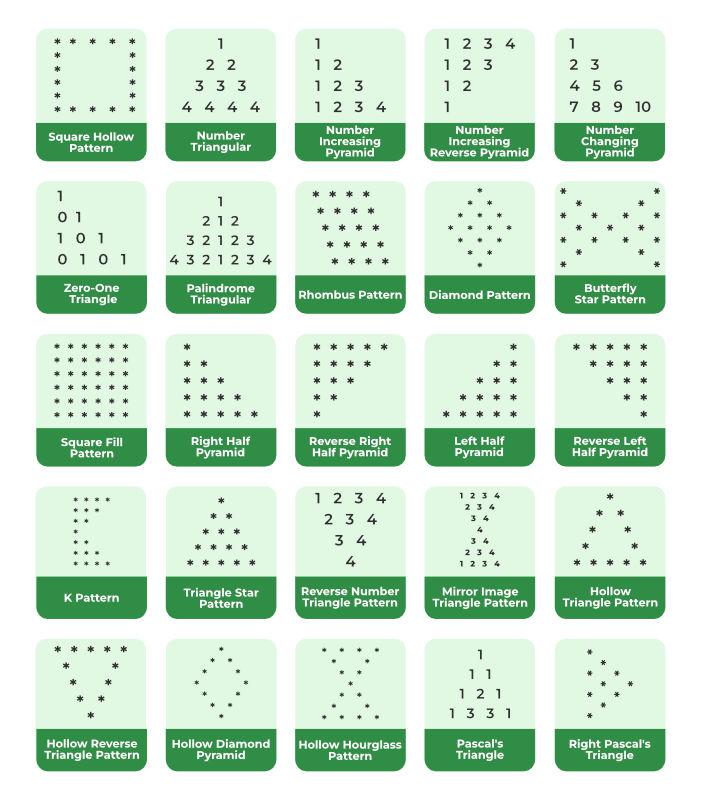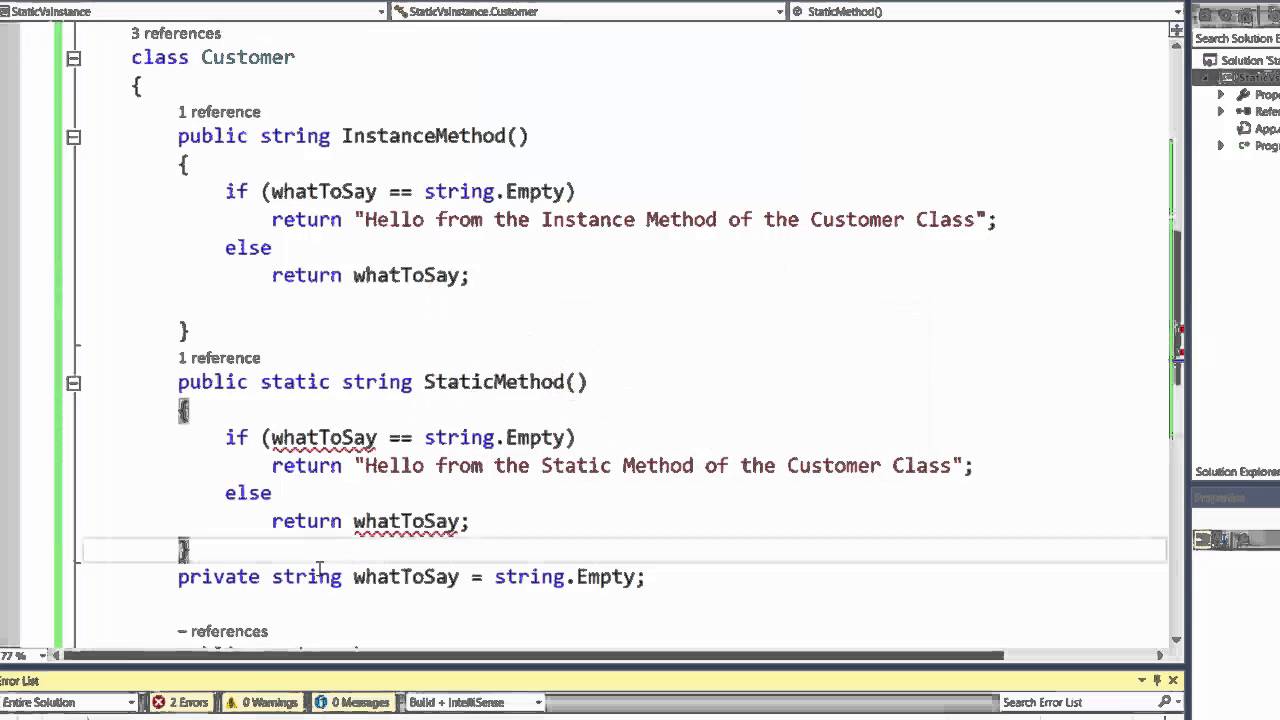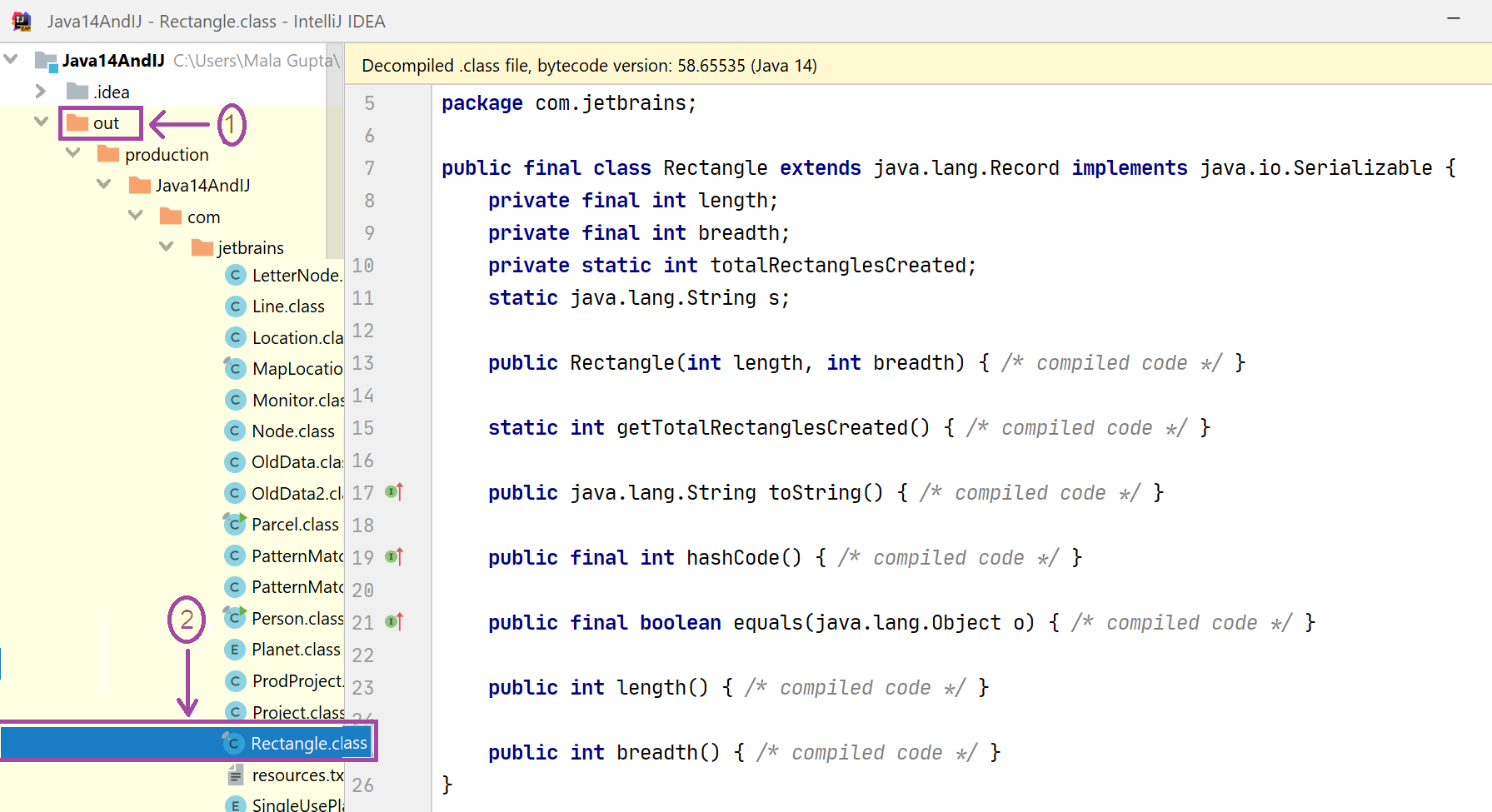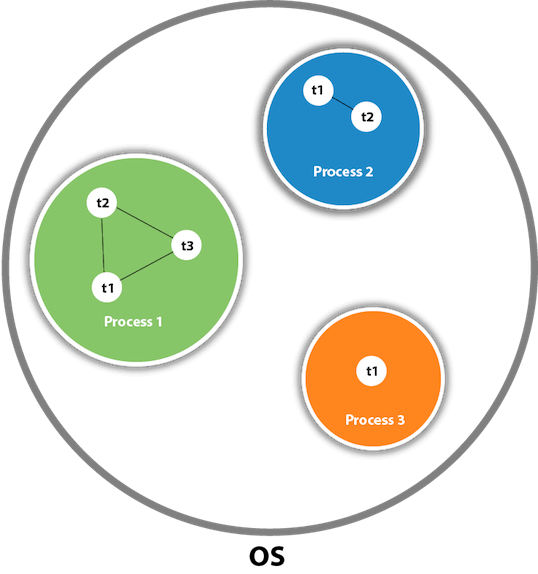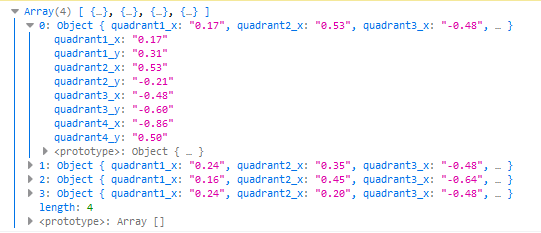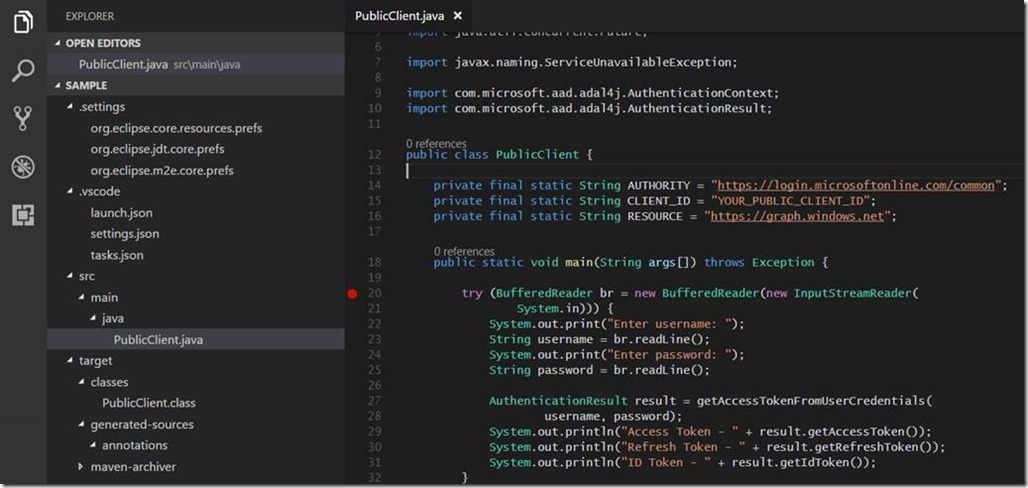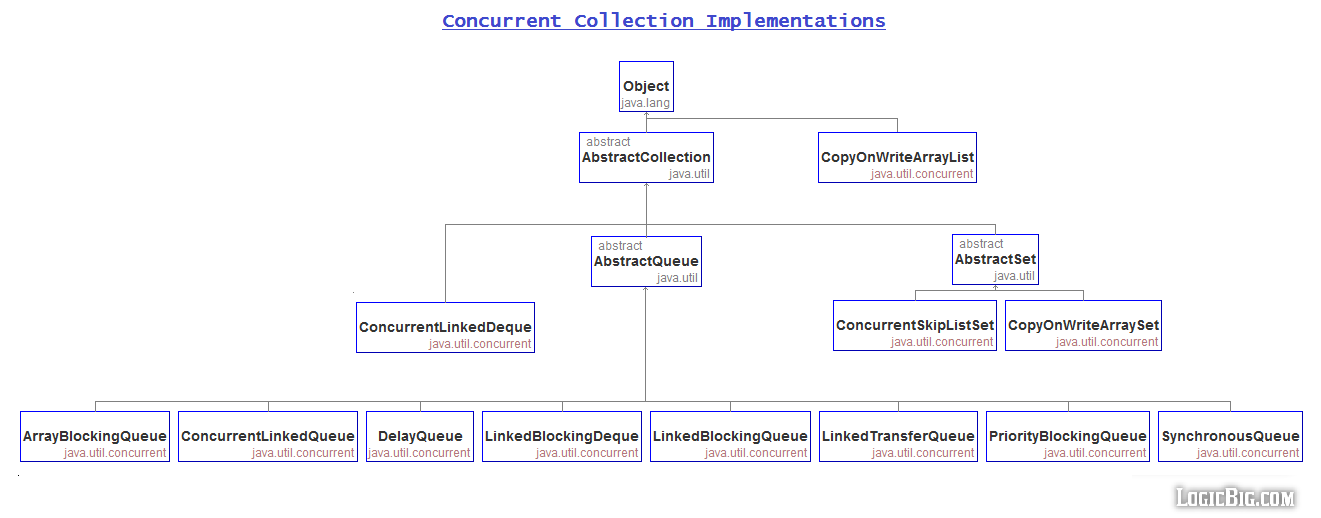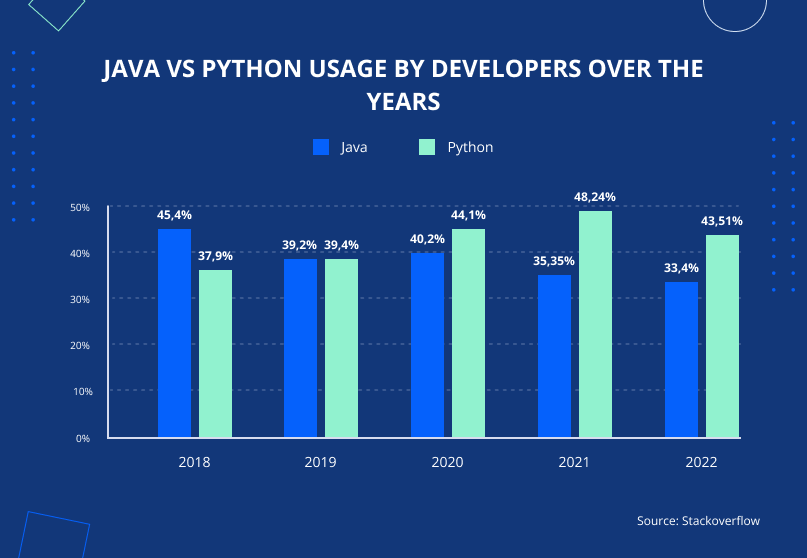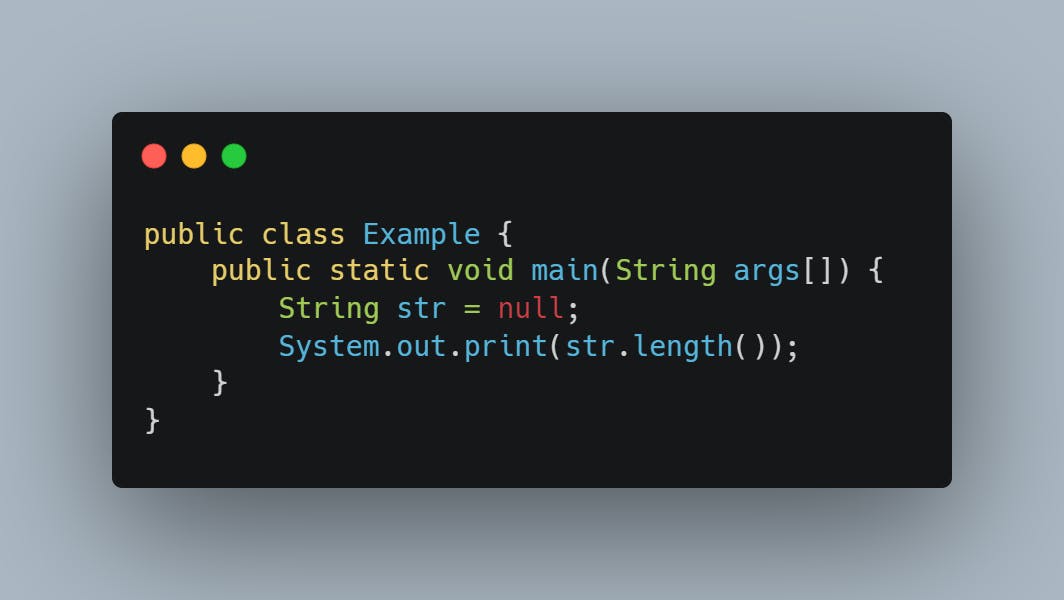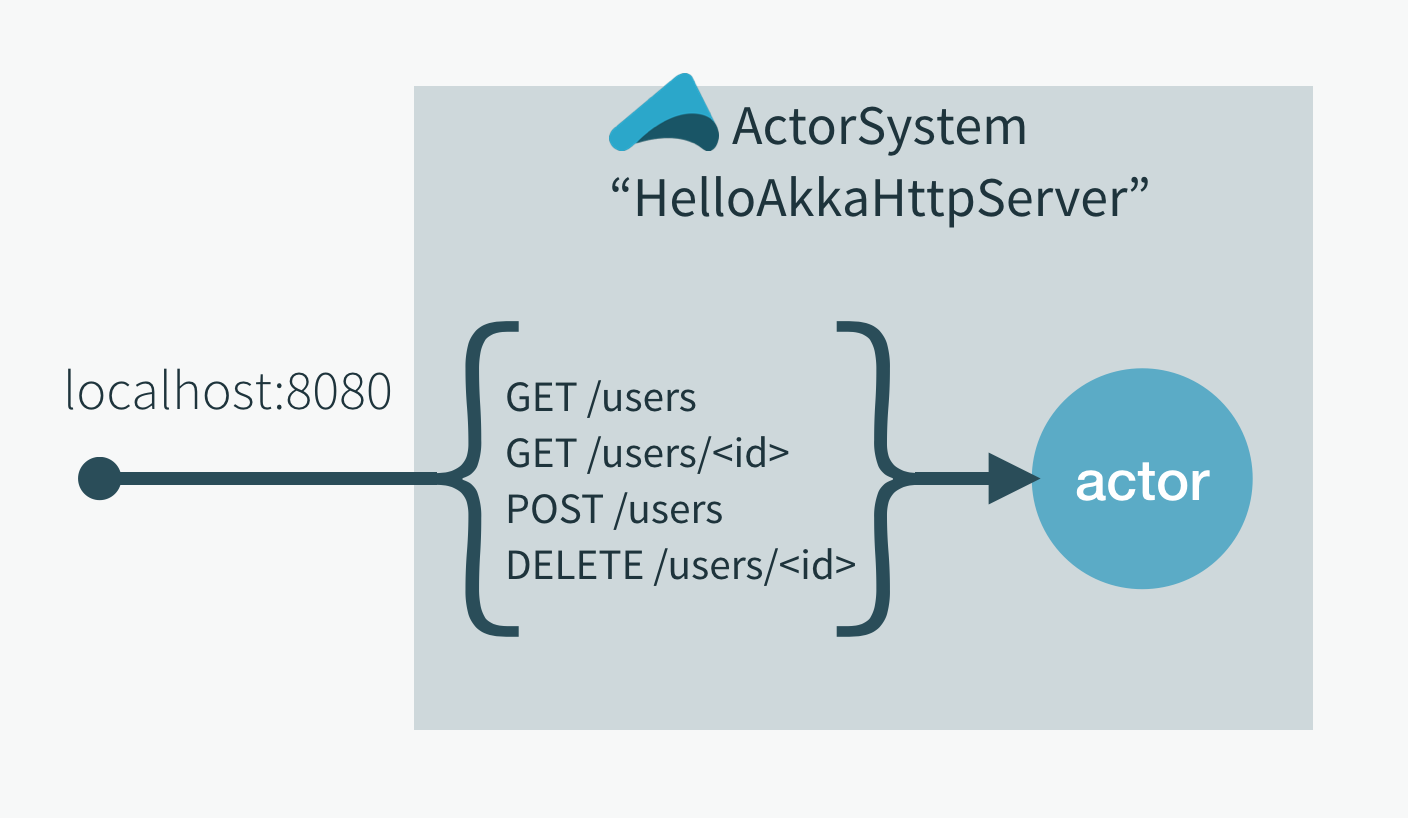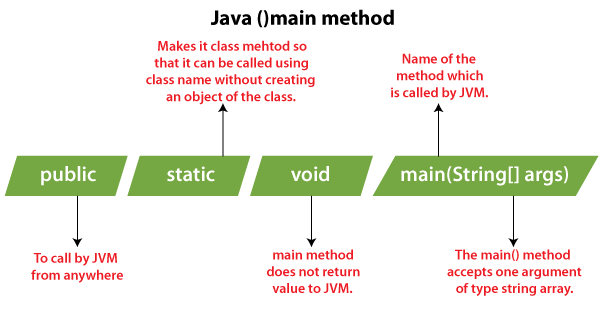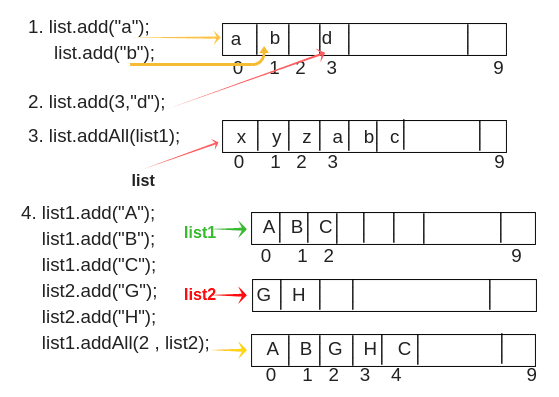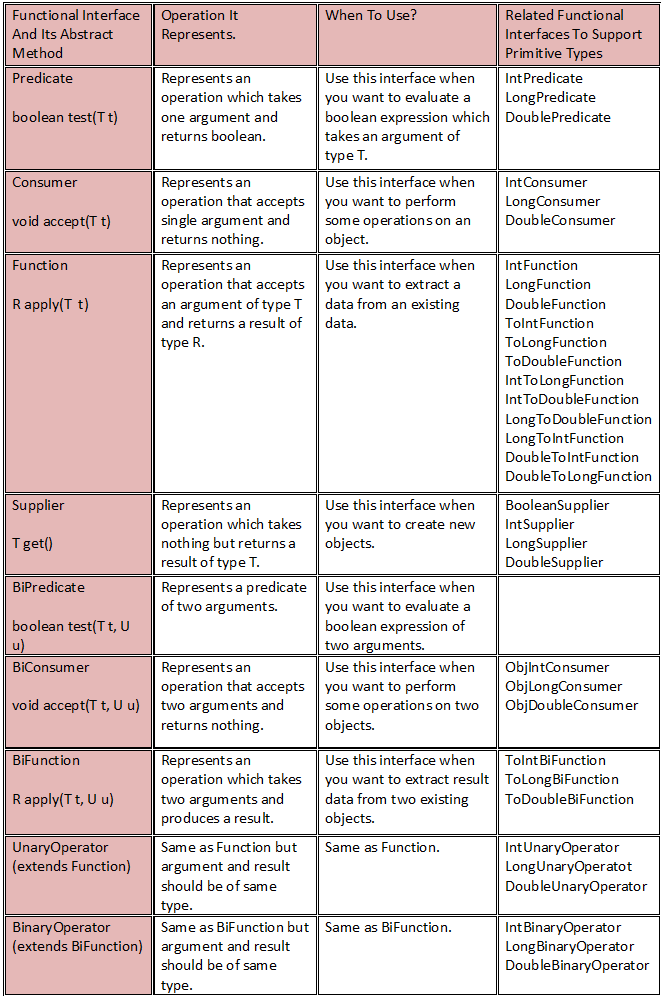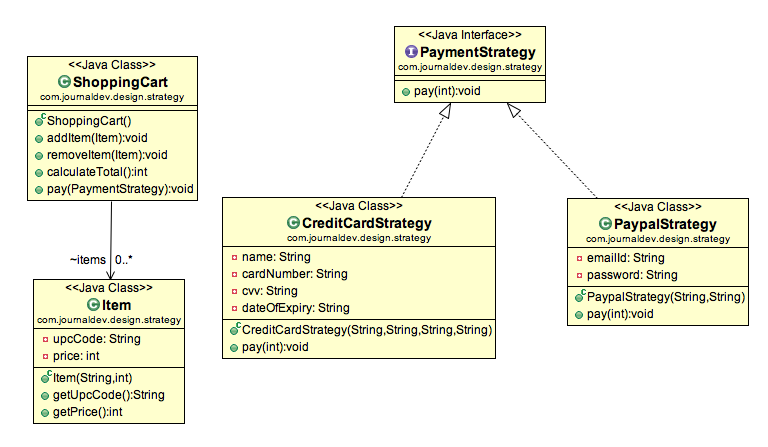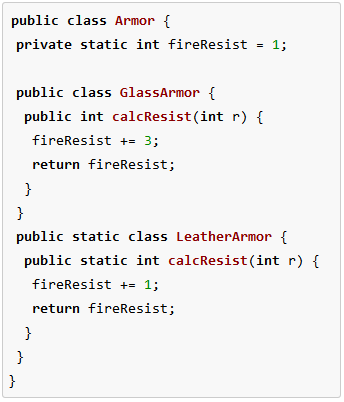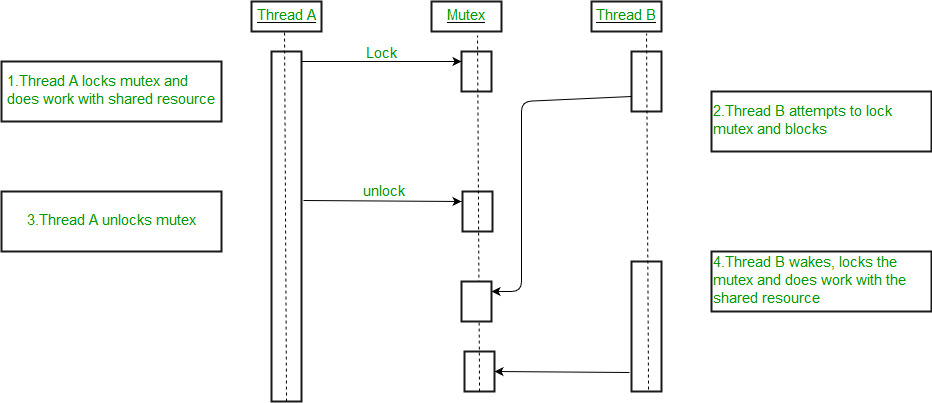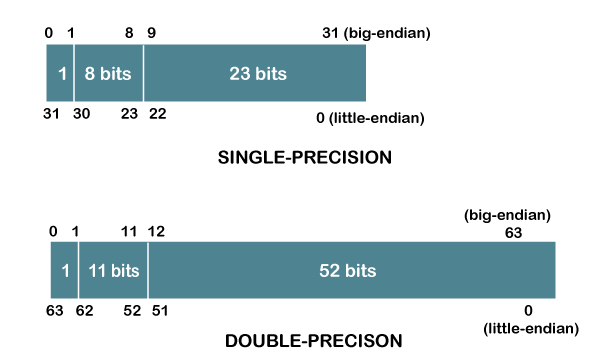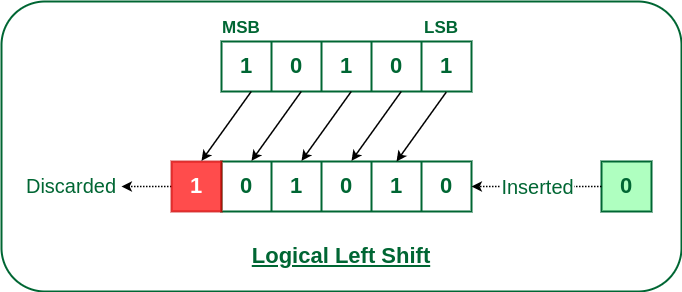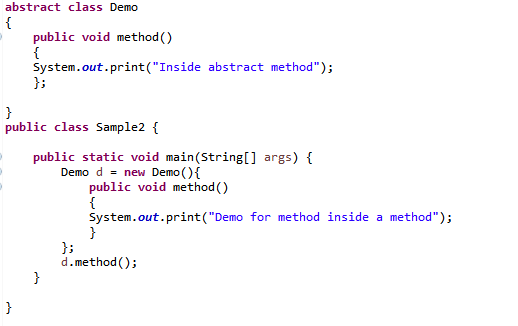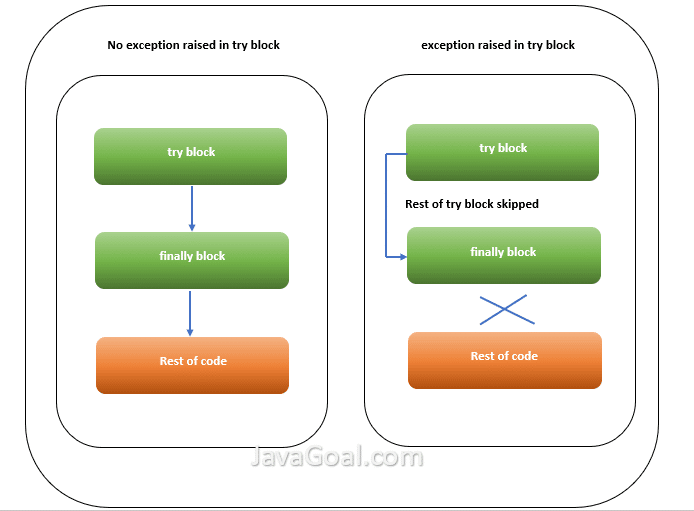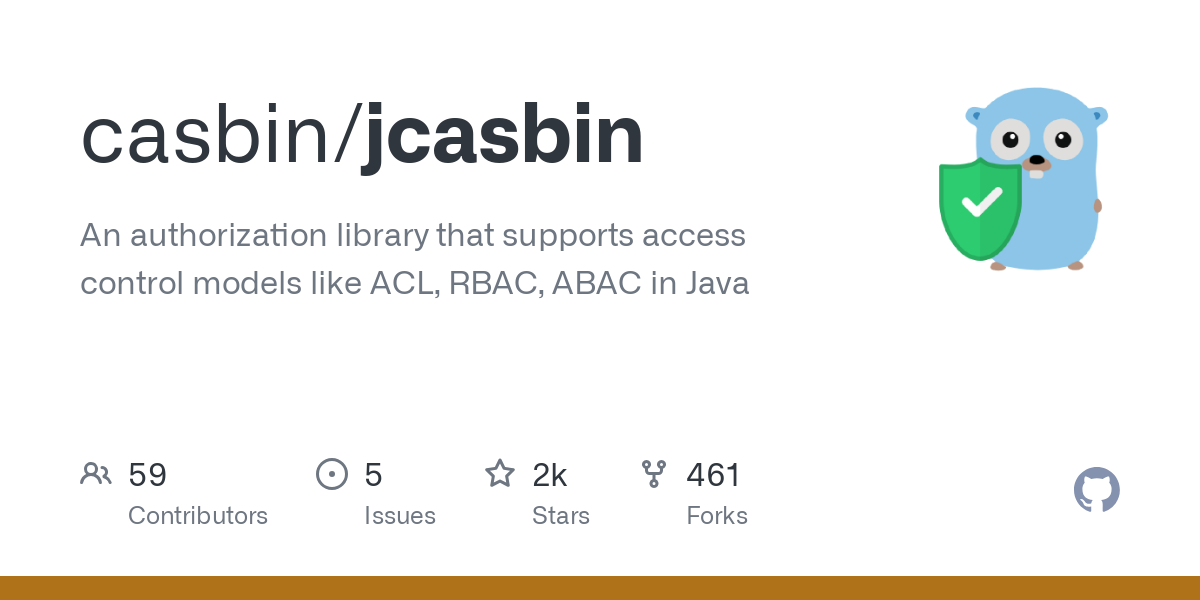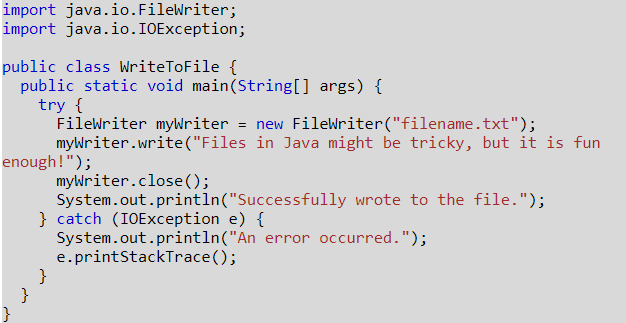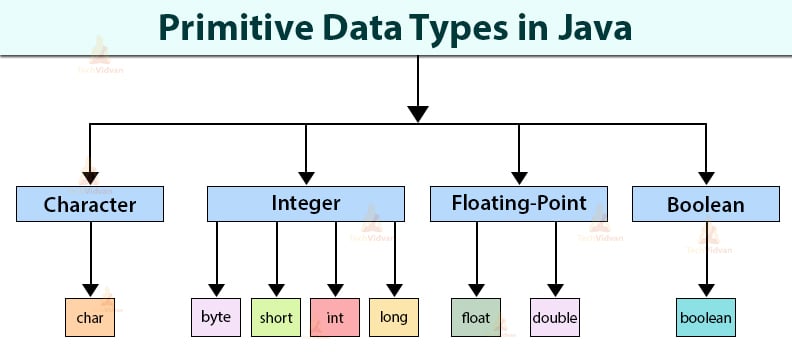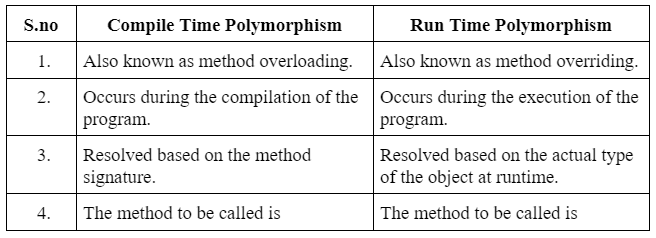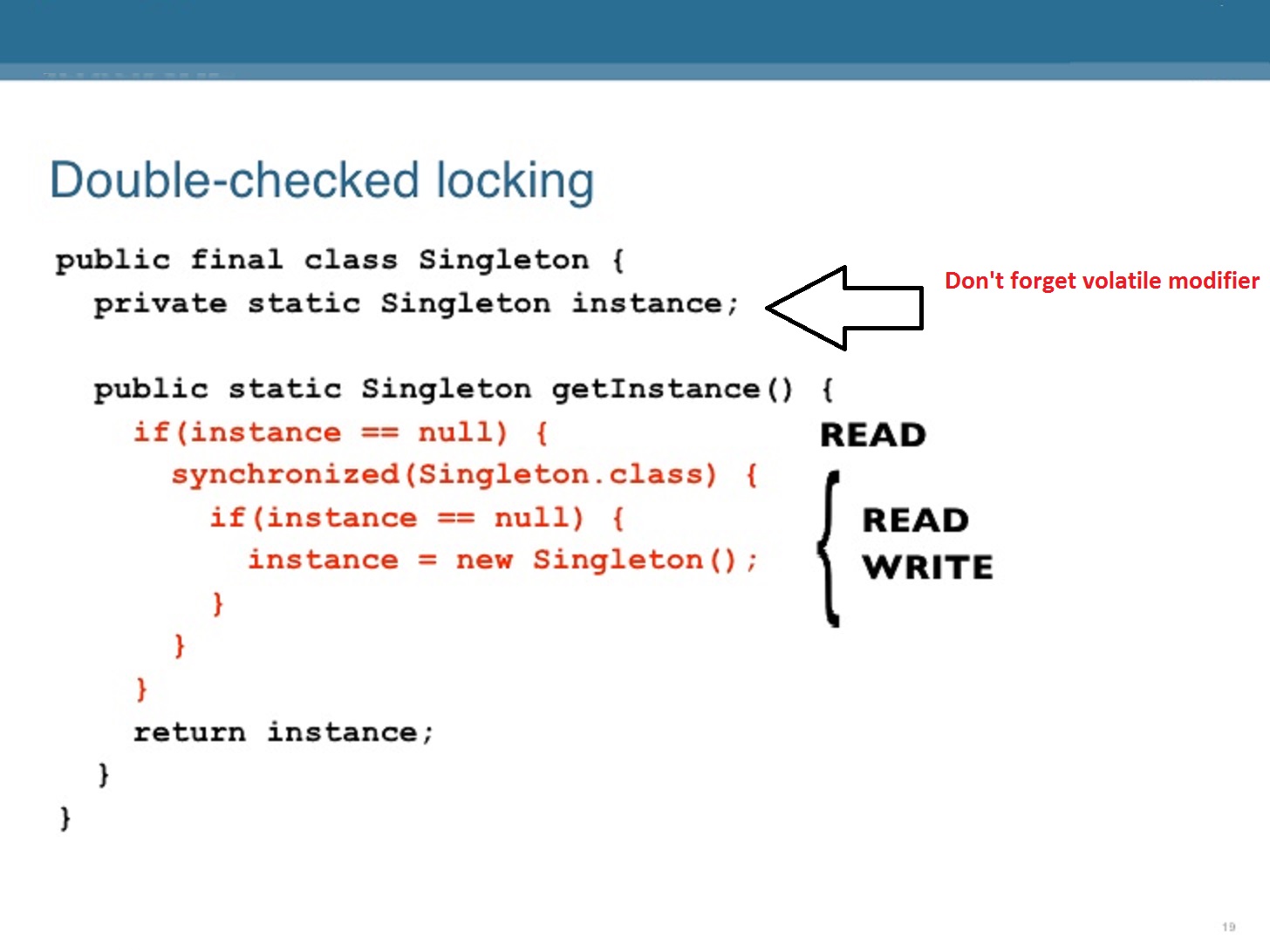Factory Method Java
Factory Method Java
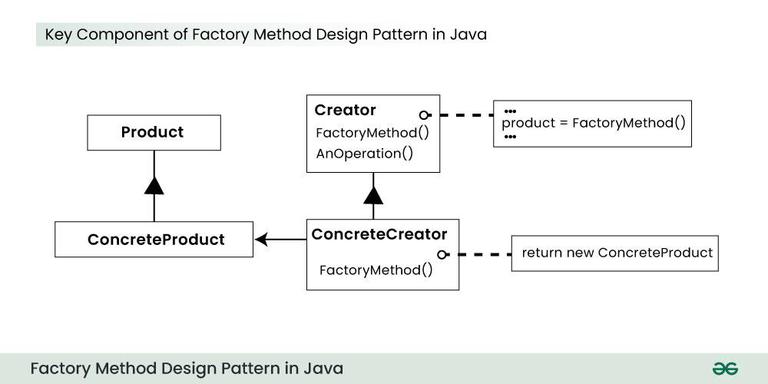
I'll respond in English only for your request.
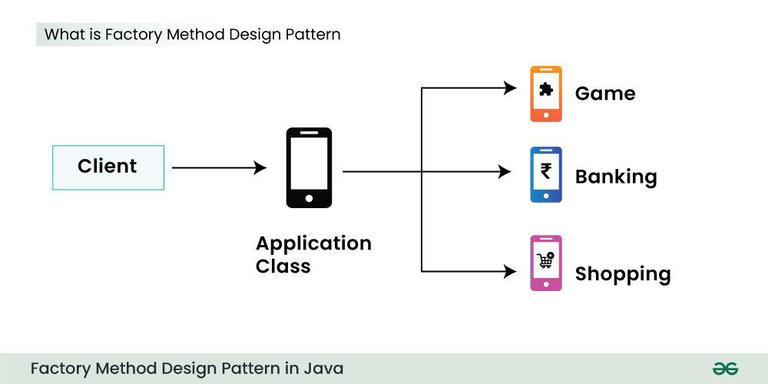
Factory Method Pattern is a design pattern that provides an interface for creating families of related or dependent objects without specifying their concrete classes.
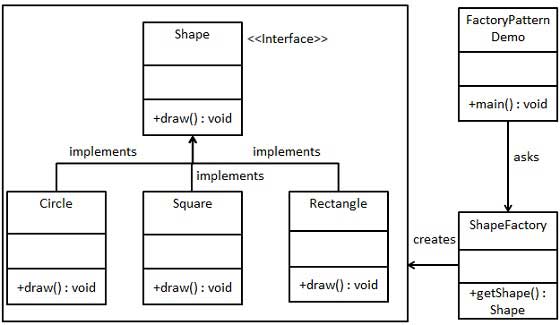
In Java, the Factory Method pattern is commonly used to create objects without exposing the logic of how they were created. This can be achieved by encapsulating the object creation process in a factory class or method.
Here's a simple example of the Factory Method pattern in Java:
// Abstract Product Class
abstract class Animal {
abstract void makeSound();
}
// Concrete Products (Animals)
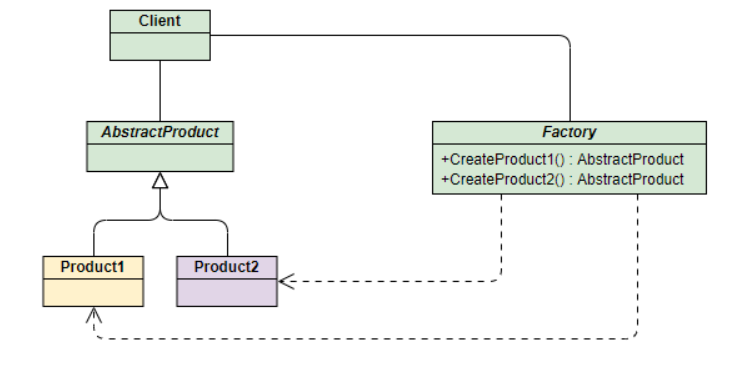
class Dog extends Animal {
public void makeSound() {
System.out.println("Woof!");
}
}
class Cat extends Animal {
public void makeSound() {
System.out.println("Meow!");
}
}
// Abstract Factory Class
abstract class PetFactory {
abstract Animal createAnimal();
}
// Concrete Factories (PetFactories)
class DogFactory extends PetFactory {
@Override
Animal createAnimal() {
return new Dog();
}
}
class CatFactory extends PetFactory {
@Override
Animal createAnimal() {
return new Cat();
}
}
public class Main {
public static void main(String[] args) {
// Using the factory to get a dog.
PetFactory factory = new DogFactory();
Animal dog = factory.createAnimal();
dog.makeSound();
// Using the factory to get a cat.
factory = new CatFactory();
Animal cat = factory.createAnimal();
cat.makeSound();
}
}
In this example, we have an Animal abstract class that has an abstract method makeSound(). We also have two concrete animal classes Dog and Cat that extend the Animal class. They implement their own versions of the makeSound() method.
The PetFactory is an abstract factory class that has a method createAnimal(), which returns an instance of some type of animal.
We then have two concrete factories, DogFactory and CatFactory, that extend the PetFactory. They implement their own versions of the createAnimal() method. These methods return instances of either Dog or Cat.
In the main() method, we use these factories to get different types of animals. We first create a dogFactory, then call its createAnimal() method to get a Dog. Similarly, we create a catFactory and use it to get a Cat.
This pattern allows us to encapsulate object creation logic in the factory class or method without exposing how they were created. It also makes our code more flexible and scalable as we can add new types of animals (or other products) by simply adding their respective factories.
In summary, the Factory Method pattern provides an interface for creating families of related objects without specifying the concrete classes. This allows for flexibility in object creation and decouples the creation logic from its usage.
What is the Factory Pattern in Java 11?
The Factory Pattern!
In Java 11 (and many other programming languages), the Factory Pattern is a creational design pattern that provides an interface for creating objects, but allows subclasses to decide which class to instantiate. This pattern can be used when you have multiple classes of the same type, and you want to encapsulate their creation.
Imagine you're building a factory that produces different types of vehicles: cars, trucks, bicycles, and even airplanes! Each vehicle has its own characteristics and requirements, but they all share some common traits. Using the Factory Pattern, you can create an interface for "Vehicle" and have multiple concrete classes implement this interface to produce specific types of vehicles.
Here's a simple example:
// The Vehicle interface (or abstract class)
public interface Vehicle {
void startEngine();
}
// Concrete vehicle classes that implement the Vehicle interface
public class Car implements Vehicle {
public void startEngine() {
System.out.println("Starting car engine...");
}
}
public class Truck implements Vehicle {
public void startEngine() {
System.out.println("Starting truck engine...");
}
}
public class Bike implements Vehicle {
public void startEngine() {
System.out.println("Starting bike engine...");
}
}
// The Factory interface (or abstract class)
public interface VehicleFactory {
Vehicle createVehicle();
}
// Concrete factory classes that implement the VehicleFactory interface
public class CarFactory implements VehicleFactory {
public Vehicle createVehicle() {
return new Car();
}
}
public class TruckFactory implements VehicleFactory {
public Vehicle createVehicle() {
return new Truck();
}
}
public class BikeFactory implements VehicleFactory {
public Vehicle createVehicle() {
return new Bike();
}
}
Now, let's say we have a "Main" program that wants to create different types of vehicles using these factories:
public class Main {
public static void main(String[] args) {
// Create a car factory and get a car
VehicleFactory carFactory = new CarFactory();
Vehicle myCar = carFactory.createVehicle();
myCar.startEngine();
// Create a truck factory and get a truck
VehicleFactory truckFactory = new TruckFactory();
Vehicle myTruck = truckFactory.createVehicle();
myTruck.startEngine();
// Create a bike factory and get a bike
VehicleFactory bikeFactory = new BikeFactory();
Vehicle myBike = bikeFactory.createVehicle();
myBike.startEngine();
}
}
In this example, the Factory Pattern allows us to decouple the creation of vehicles from their concrete classes. We can easily add more types of vehicles without modifying the "Main" program.
The benefits of using the Factory Pattern are:
Decoupling: The creation of objects is decoupled from their concrete classes. Polymorphism: Multiple subclasses can be instantiated based on a single interface or abstract class. Extensibility: You can easily add more types of vehicles without modifying the "Main" program.In conclusion, the Factory Pattern in Java (or any other programming language) is a powerful tool that allows you to create objects while encapsulating their creation. It's an excellent way to decouple your code and make it more flexible and maintainable.
